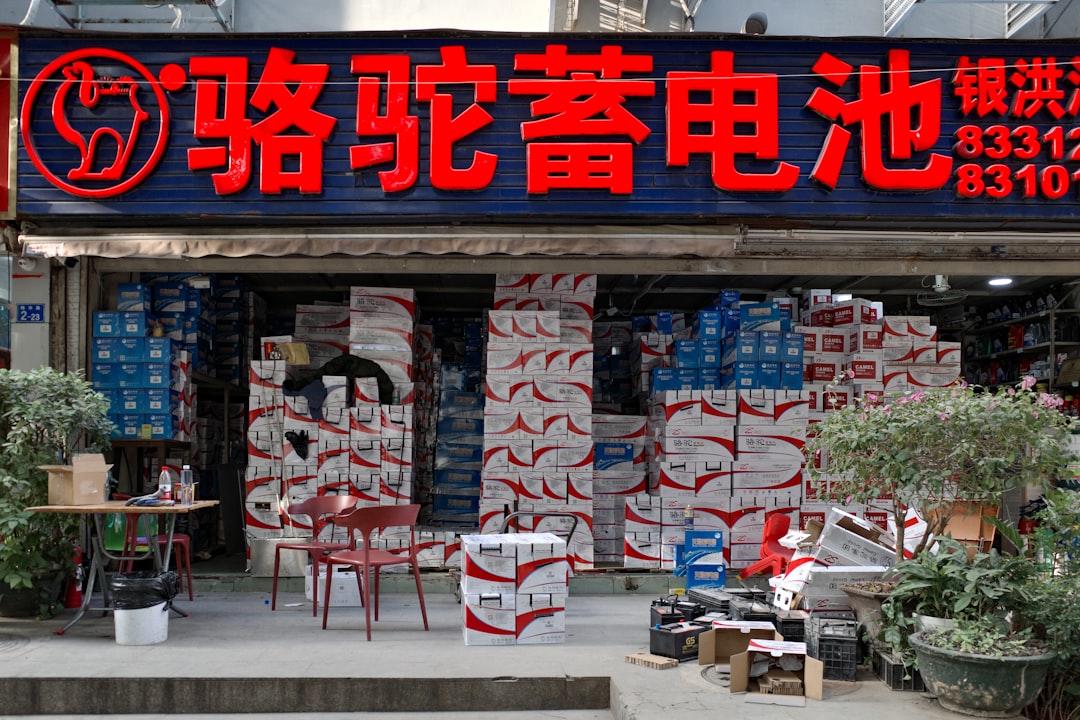Meta Description: Discover essential strategies and requirements for foreign merchants aiming to sell on China’s leading e-commerce platforms and tap into the world’s largest market.
China’s e-commerce landscape presents an unparalleled opportunity for foreign merchants. As the world’s largest online market, China’s growing middle class and increasing demand for imported goods make it an attractive destination for cross-border e-commerce China initiatives. However, navigating this complex market requires strategic planning and a deep understanding of local consumer behavior, regulations, and platform dynamics. This guide outlines the essential strategies and requirements for successfully selling on China’s leading e-commerce platforms.
Understanding the Chinese E-commerce Market
China’s e-commerce market has seen explosive growth, with cross-border e-commerce (CBEC) imports and exports reaching approximately RMB 1.98 trillion (US$277.3 billion) in 2021. This growth is fueled by:
- Expanding Middle Class: As living standards rise, so does the demand for high-quality imported products.
- Government Support: China has established 132 CBEC pilot zones to streamline the import and export of goods.
- Consumer Preferences: Chinese consumers prefer shopping via mobile applications, driving the need for mobile-optimized platforms.
Choosing the Right E-commerce Platform
Selecting the appropriate e-commerce platform is crucial for reaching Chinese consumers effectively. Some of the top platforms include:
TMall Global
Owned by Alibaba, TMall Global is a premier platform for foreign brands. To set up a store, merchants must:
– Submit an application demonstrating product and brand quality.
– Pay a security deposit of US$25,000 and an annual fee ranging from US$5,000 to US$10,000.
– Alternatively, partner with TMall Direct Import to outsource operations.
JD Worldwide
JD.com’s international arm, JD Worldwide, allows merchants to:
– Open an online store or become a supplier.
– Provide detailed company and brand information during the application.
– Pay a deposit between US$10,000 and US$30,000, plus a service fee of US$1,000.
Kaola
Owned by Alibaba, Kaola specializes in high-demand imported products like food, electronics, and cosmetics. Requirements include:
– Business registration in the home country.
– Deposits ranging from RMB 50,000 to RMB 300,000 depending on the product category.
– Handling account registration and language barriers through third-party agencies if needed.
Amazon Global
While Amazon has limited its domestic operations in China, it is expanding its international offerings by connecting Chinese consumers with UK and German platforms through bonded warehouses.
Setting Up Your Online Store
Establishing a presence on these platforms involves:
– Localization: Translate and adapt product descriptions, marketing materials, and customer service to Chinese.
– Regulatory Compliance: Adhere to China’s CBEC Whitelist, ensuring your products are allowed and meet safety standards.
– Logistics Management: Choose between direct shipping or using bonded warehouses to handle imports efficiently.
Navigating Regulatory Requirements
Compliance is non-negotiable in the Chinese market. Key regulations include:
– CBEC Whitelist: Ensure your products are listed and allowed for import.
– Safety Standards: Adhere to safety administration measures for food, electronics, and other categories.
– Prohibited Goods: Avoid importing items listed in the Catalogue of Goods Prohibited from Import, such as certain cosmetics and pesticides.
Effective Marketing Strategies
To resonate with Chinese consumers, consider the following strategies:
– Mobile-First Approach: Optimize your store and marketing for mobile devices.
– Social Media Integration: Utilize platforms like WeChat and Douyin for targeted advertising and engagement.
– Livestream Commerce: Leverage live streaming to showcase products and interact with customers in real-time.
Benefits and Considerations of CBEC
Advantages:
- Reduced Administrative Burden: No need for a local legal entity or extensive customs procedures when using bonded warehouses.
- Faster Market Entry: Launching an online store can be achieved within months.
- Flexible Payment Options: Receive payments in your preferred currency while customers pay in RMB.
Challenges:
- Security Deposits: Platforms often require substantial deposits to mitigate risks.
- Product Limitations: Only products on the CBEC Whitelist can be sold, necessitating alternative channels for restricted items.
- Competitive Market: The rising number of foreign brands requires differentiation through quality and marketing excellence.
Partnering with Experts
Navigating cross-border e-commerce China can be daunting. Partnering with a consultancy like Ripple Marketing can streamline the process. Ripple Marketing offers:
- Proven Methodology: Utilize the Ripple Framework™’s four-phase approach—Assess, Adapt, Activate, Amplify.
- Bicultural Team: Benefit from cultural fluency and local expertise.
- Performance Tracking: Access real-time insights through the Ripple Dashboard.
- Customizable Services: Tailored solutions to fit different growth stages and budgets.
Conclusion
Successfully selling on China’s e-commerce platforms requires a strategic approach, understanding of the local market, and adherence to regulatory standards. By choosing the right platforms, localizing your offerings, and leveraging expert support, foreign merchants can tap into China’s vast consumer base and establish a strong market presence.
Ready to expand your brand into China’s thriving e-commerce market? Contact Ripple Marketing today to start your journey towards success.

Leave a Reply